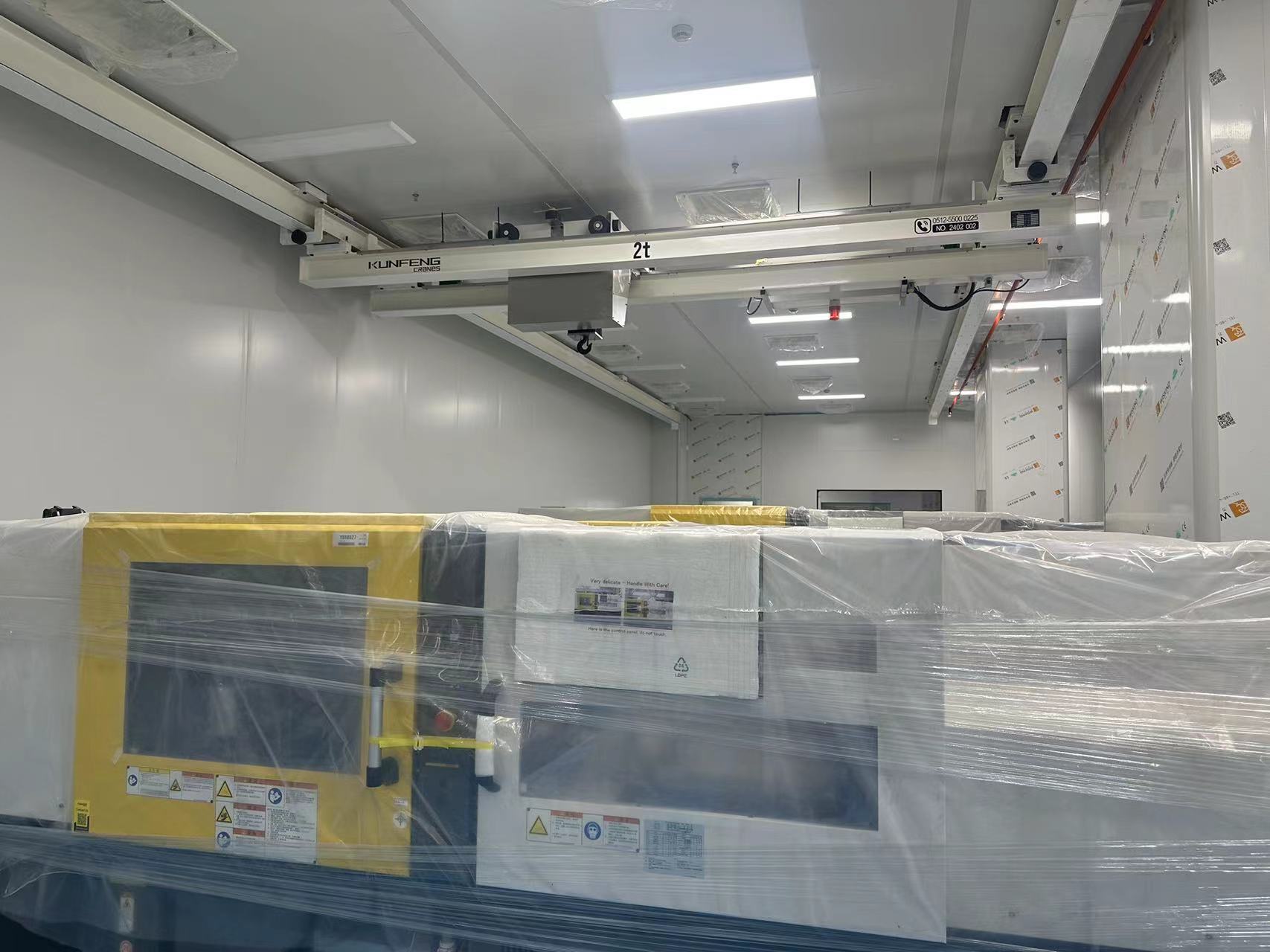Clean Room Crane For Electronics Workshop
Electronic workshop clean room crane is a lifting equipment specially designed for electronic workshops and other environments that require a high degree of cleanliness. This type of crane completes material handling and lifting operations while maintaining environmental cleanliness, playing an important role in improving production efficiency and product quality.

Common structural forms
● Single girder overhead crane: suitable for handling lightweight materials, with simple structure and low cost.
● Double girder overhead crane: suitable for large-tonnage and large-span lifting operations, with a more stable structure and stronger load-bearing capacity.
● Light gantry crane: suitable for operations with small tonnage and small span, and has high space utilization.
● Column jib crane: suitable for areas requiring frequent movement and lifting.
Product advantages
● Using advanced drive technology and optimized mechanical structure design, it can achieve fast and smooth material handling and reduce errors and losses.
● The surface of the equipment has been specially treated to reduce the adhesion of dust and pollutants. At the same time, it is equipped with a high-efficiency filtration system to filter out dust and microorganisms in the air and maintain the cleanliness of the clean room.
● Use electric energy as the power source to reduce energy consumption and environmental pollution. The intelligent control system can adjust the operating status of the equipment according to work needs and further reduce energy consumption.
● Improve production efficiency through fast and smooth material handling.
● Relevant safety standards and specifications are strictly followed during the design and manufacturing process to ensure that the equipment can operate stably and reliably under various working conditions.

Routine maintenance
● Before and after daily use, conduct a simple visual inspection of each component of the crane, including checking for obvious wear, cracks, corrosion, etc.
● Lubricate each lubrication point of the crane to ensure smooth movement of each component.
● Test whether the crane's limit switch is accurate to avoid overload operation.
● Conduct a detailed inspection of all components of the crane, including structural parts, transmission system, electrical system, etc.
● Replace parts that have reached the end of their service life or are severely worn, such as bearings, gears, etc.
● Adjust and calibrate various parameters of the crane to ensure it is in optimal working condition.
